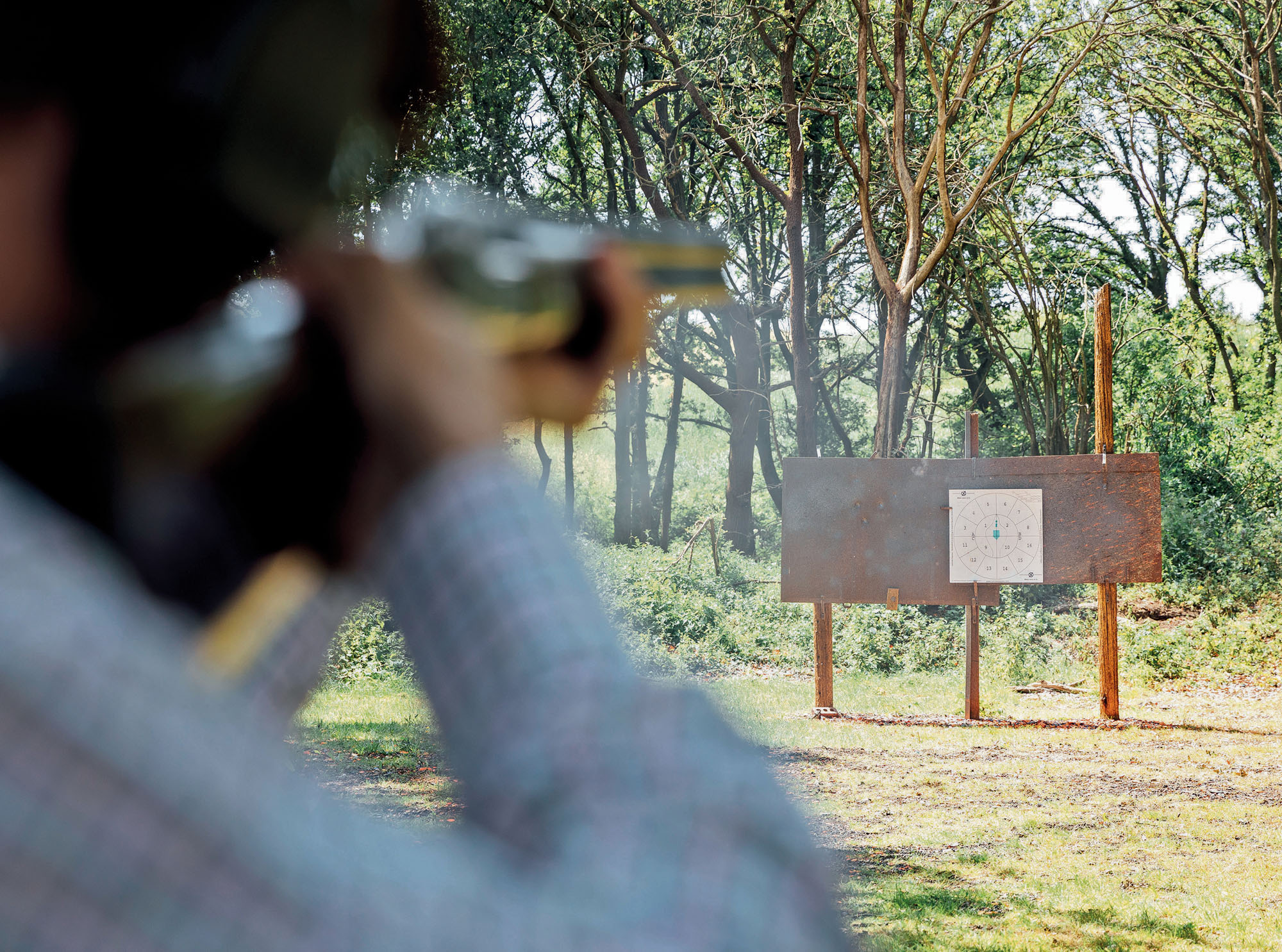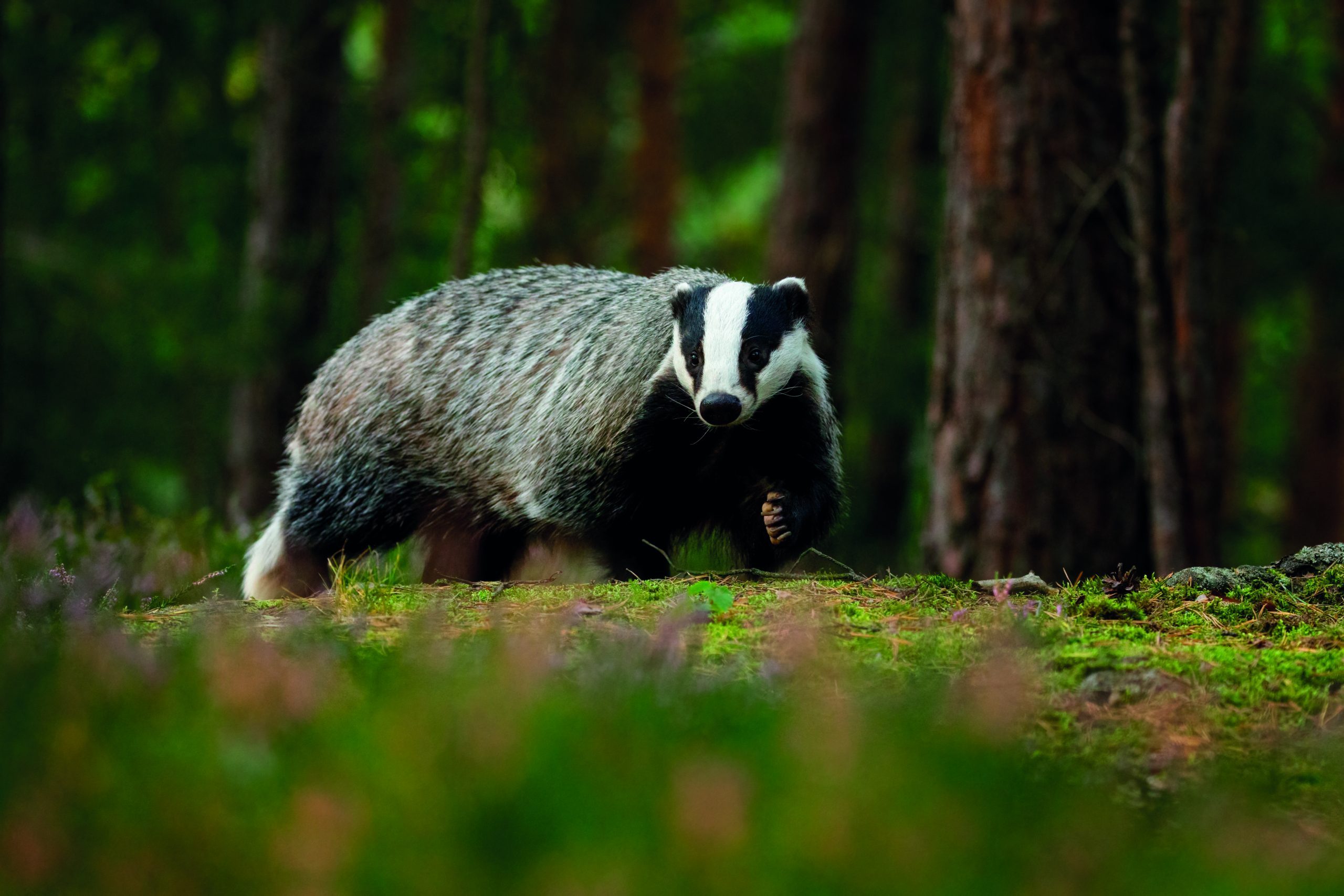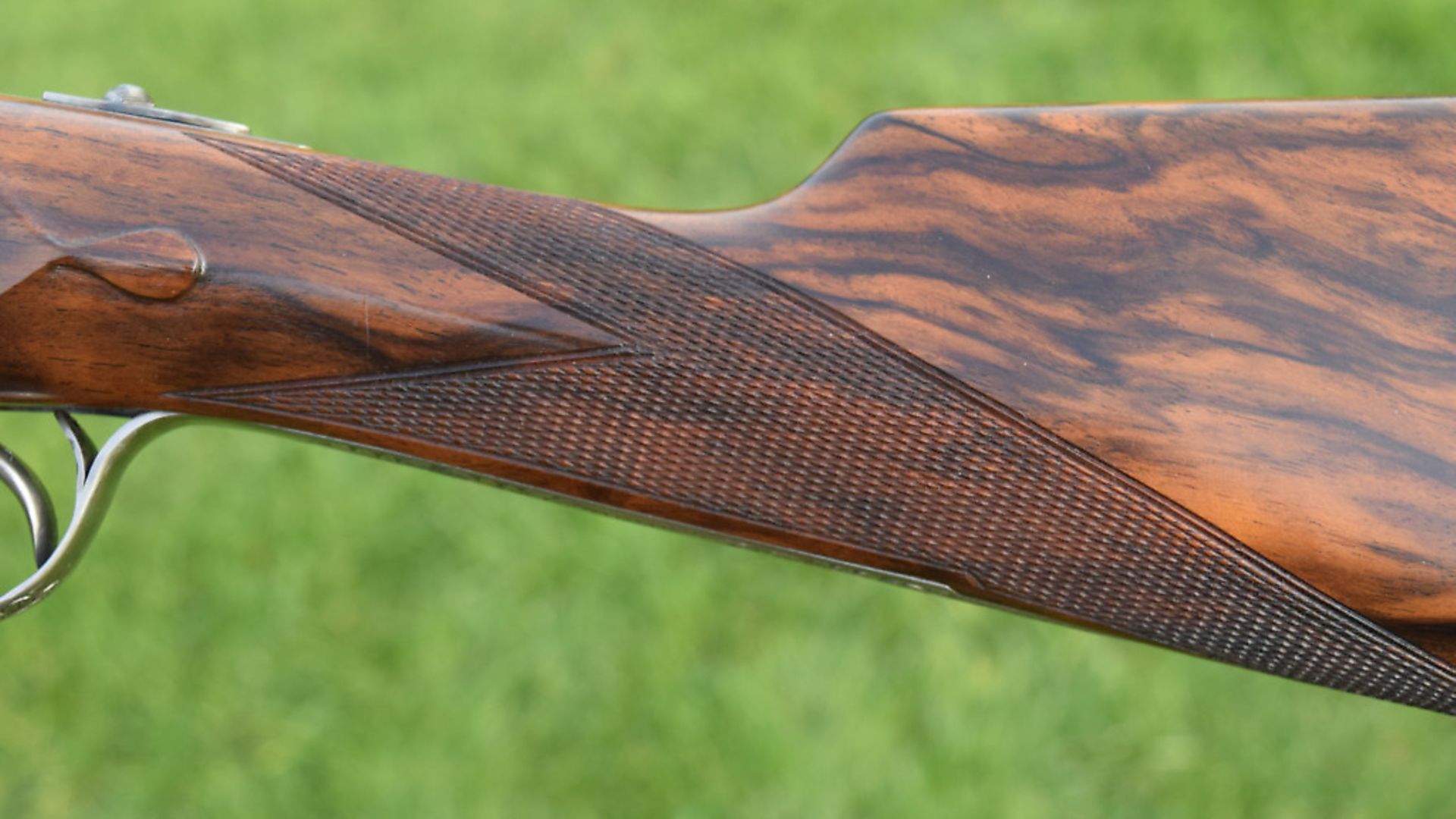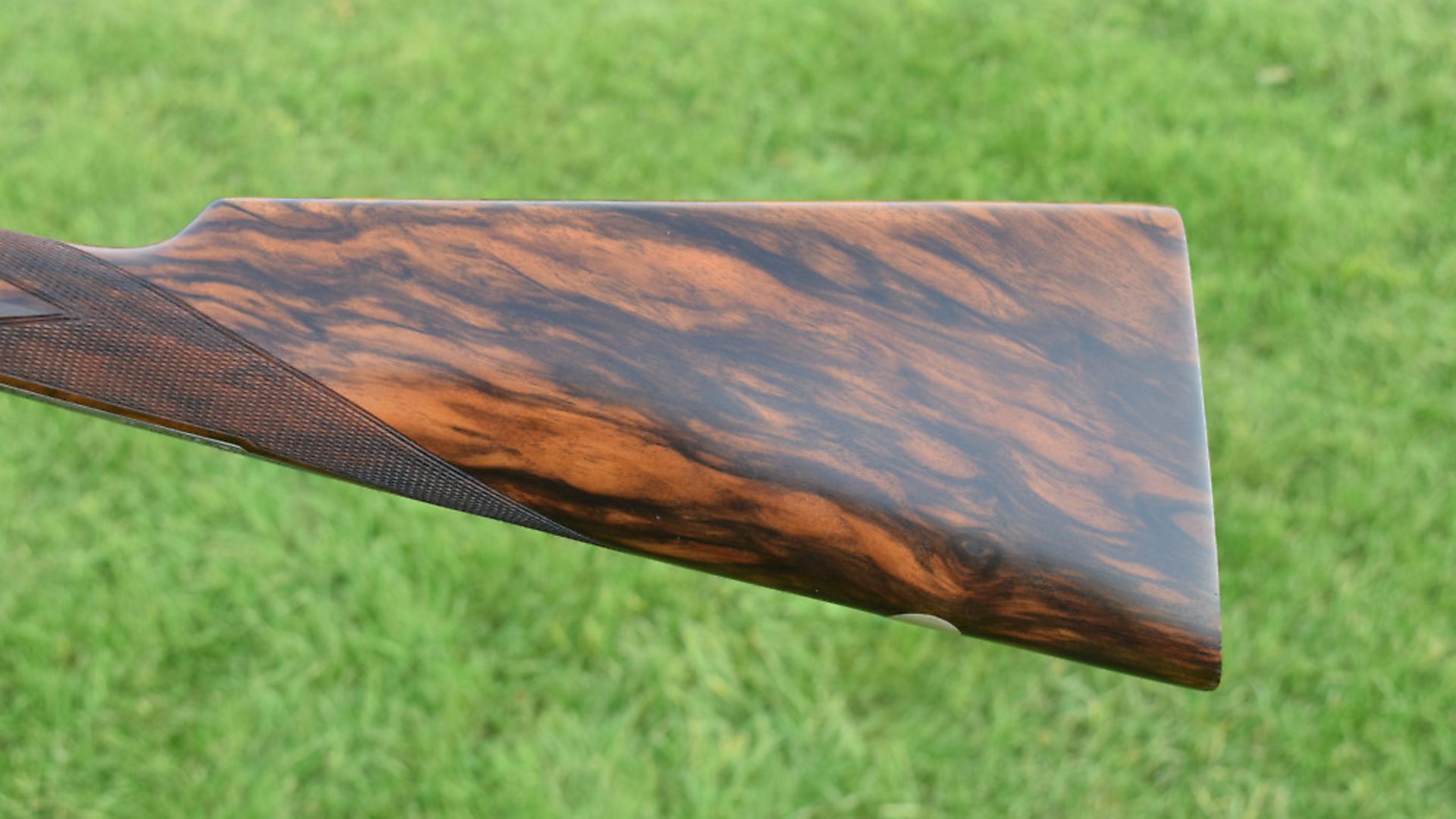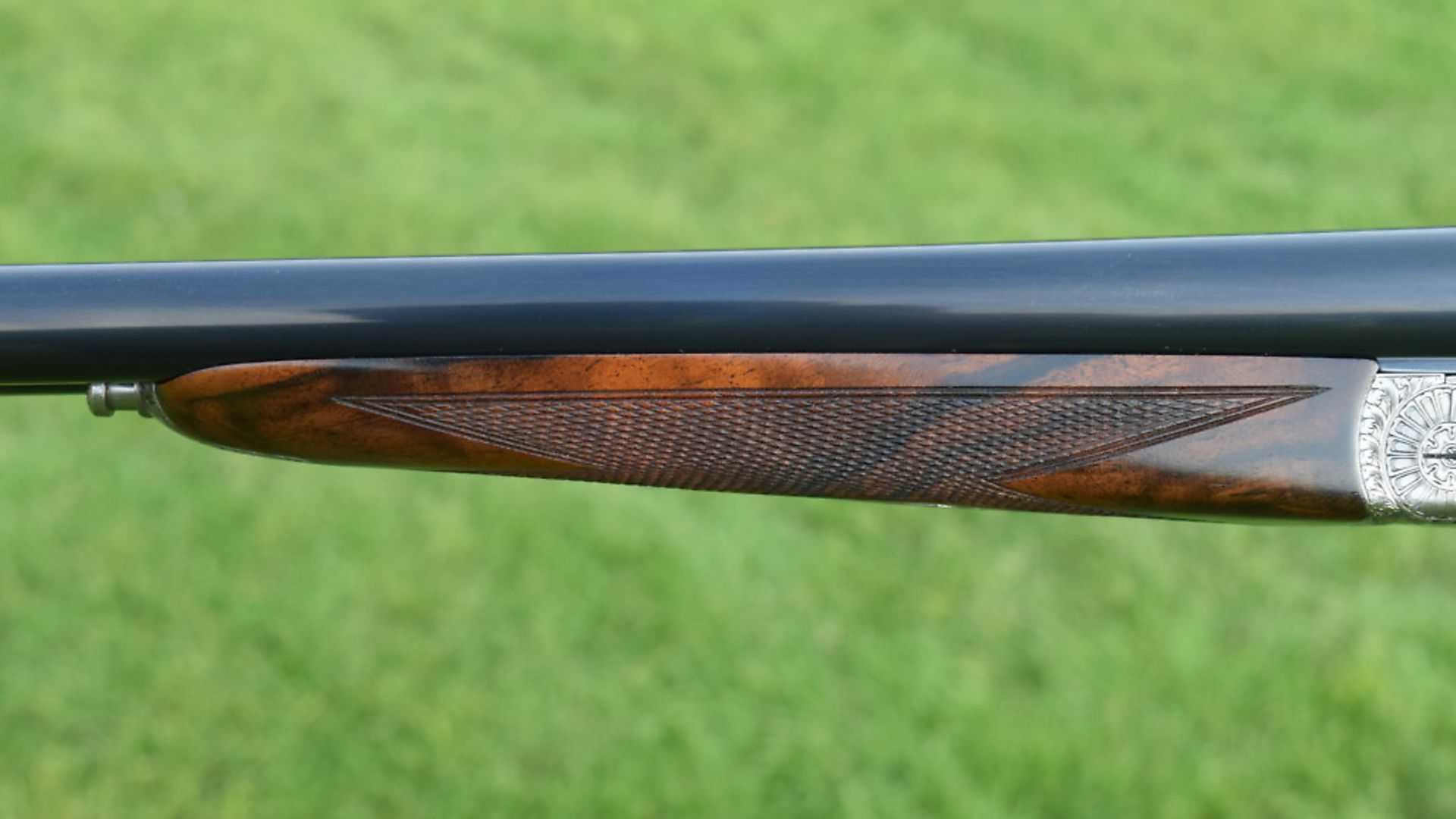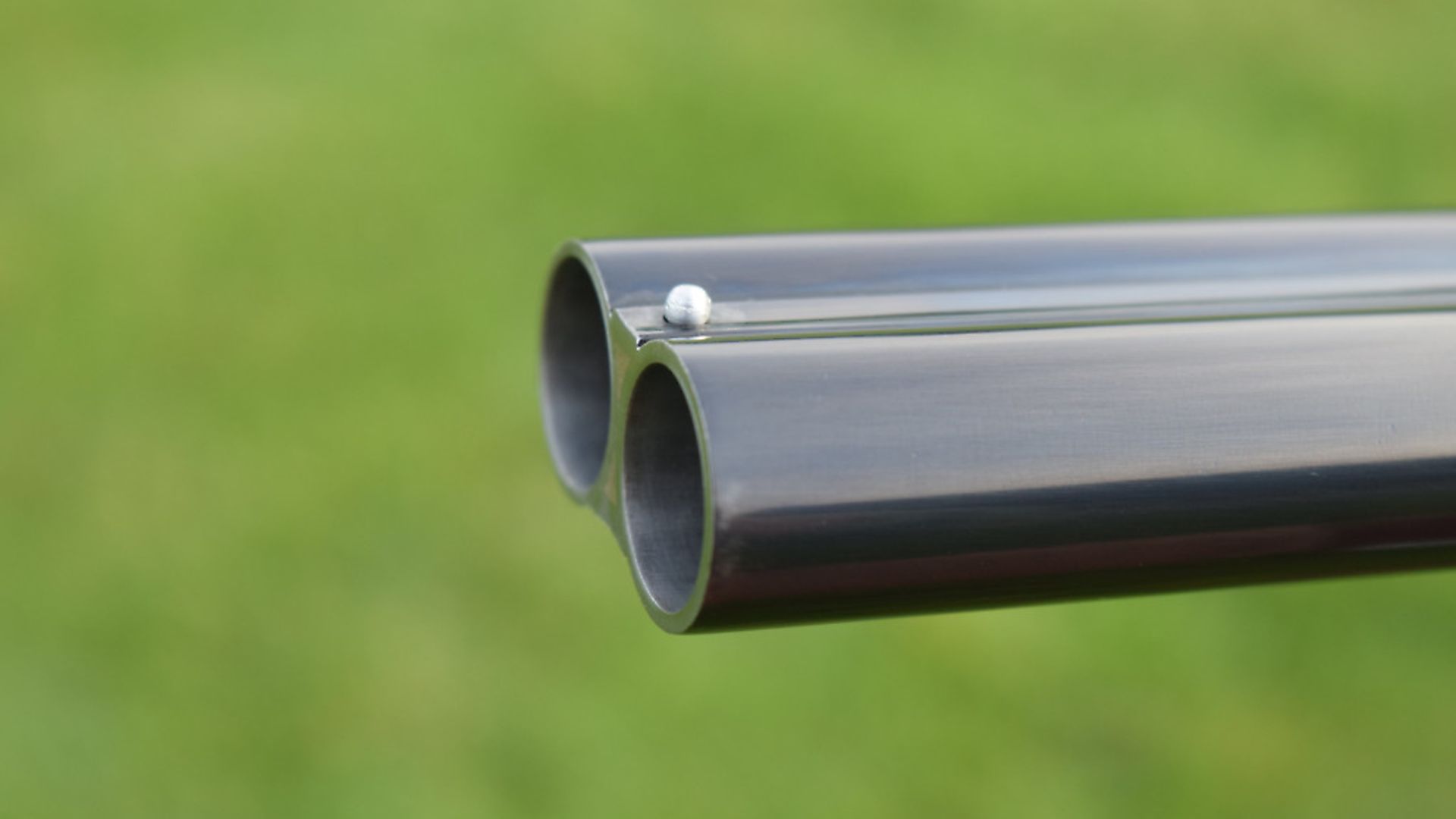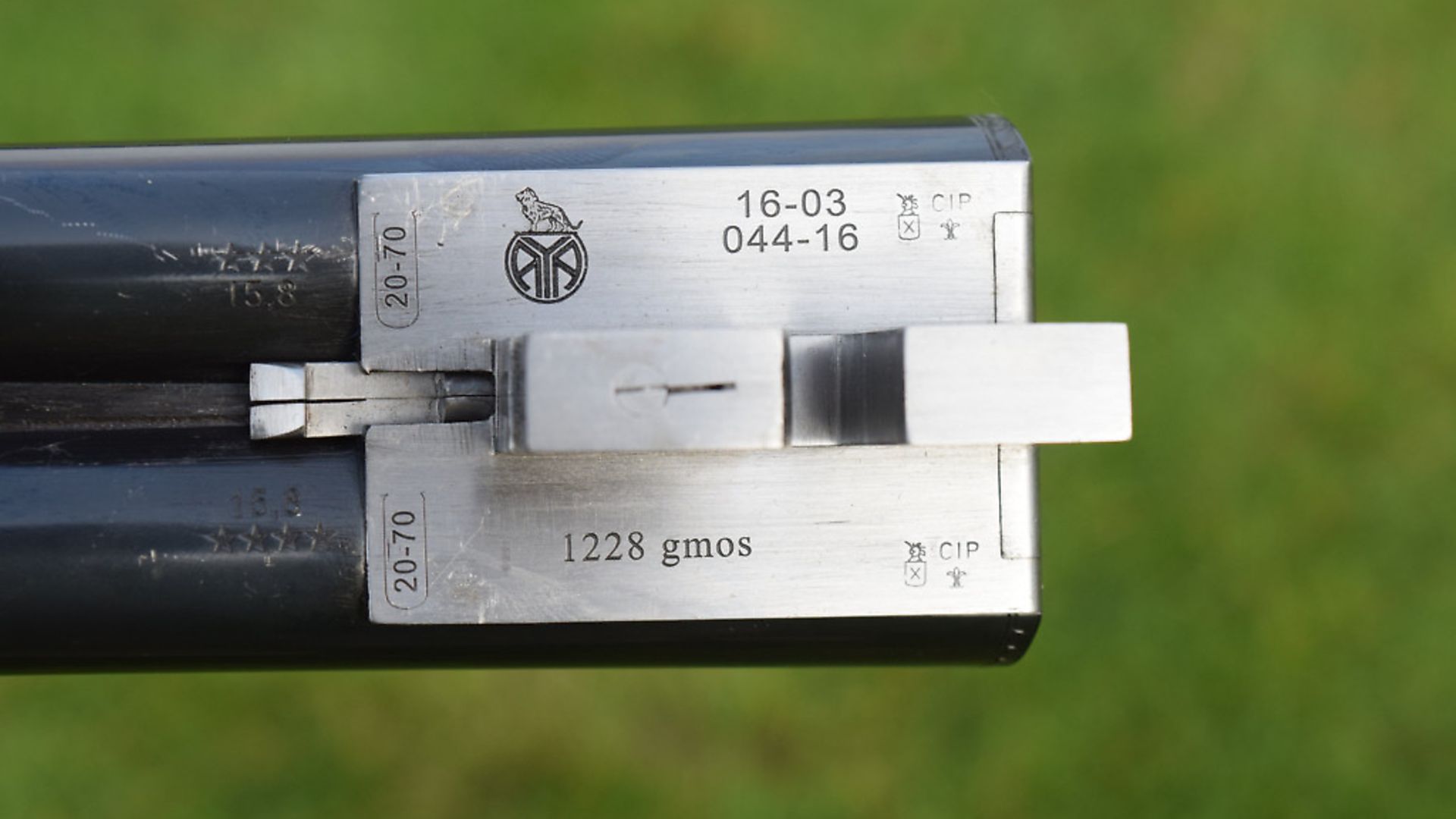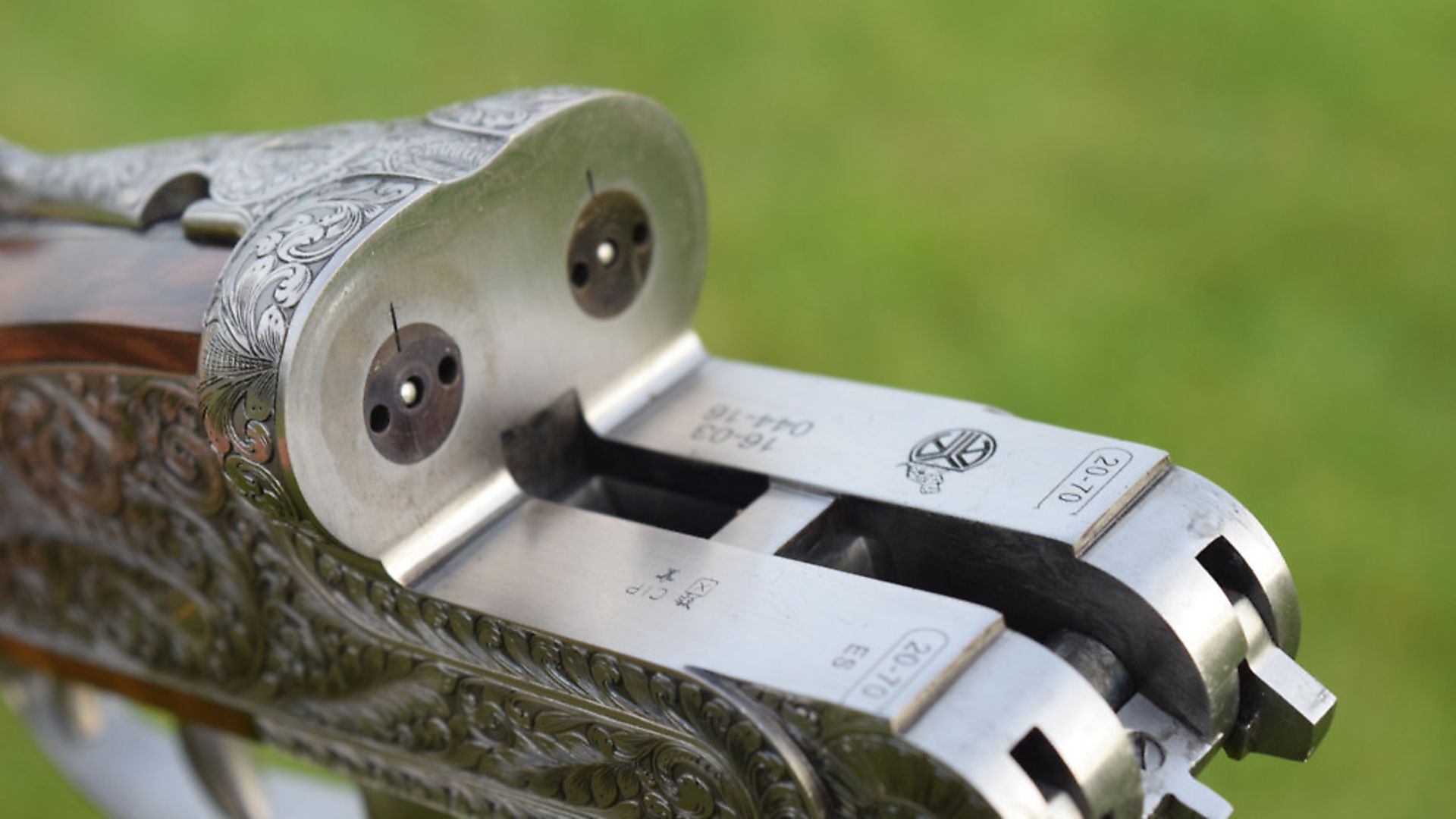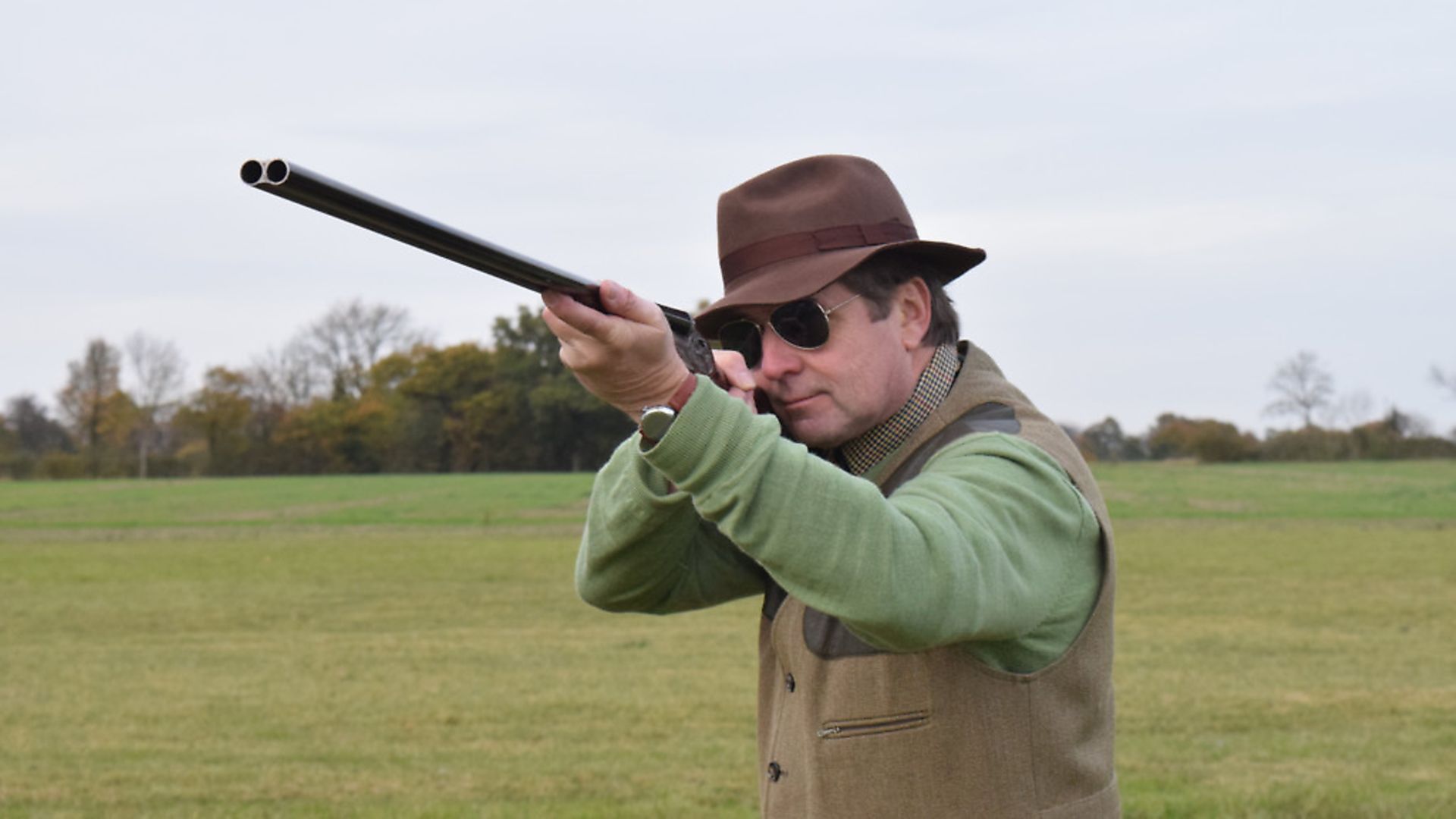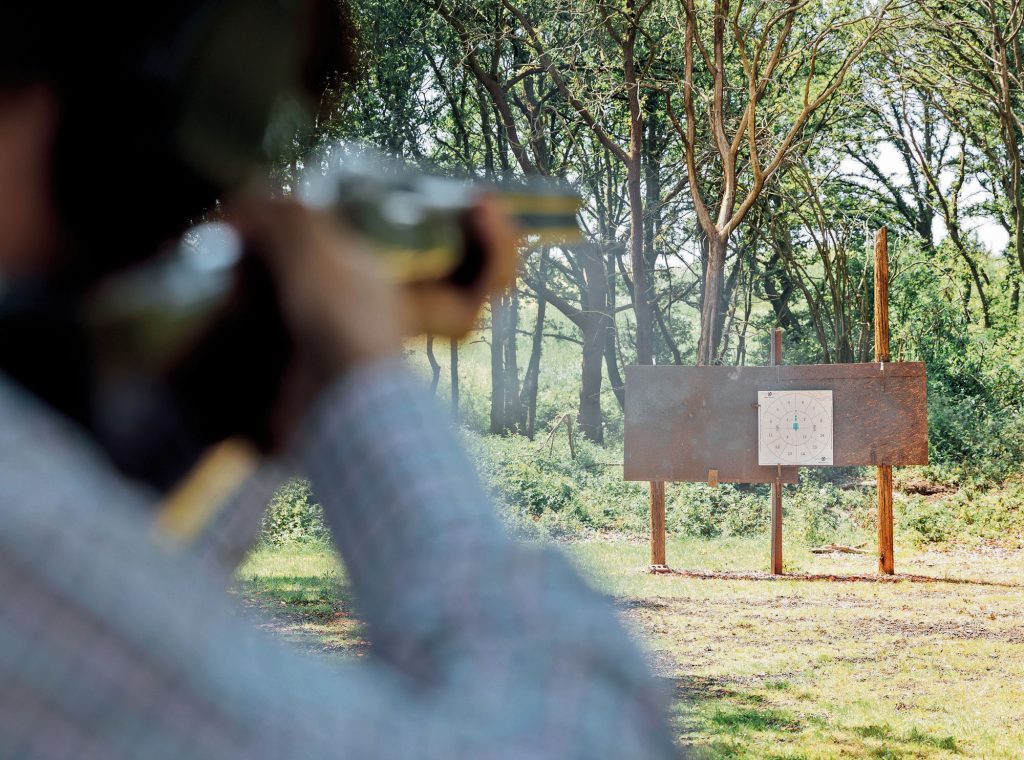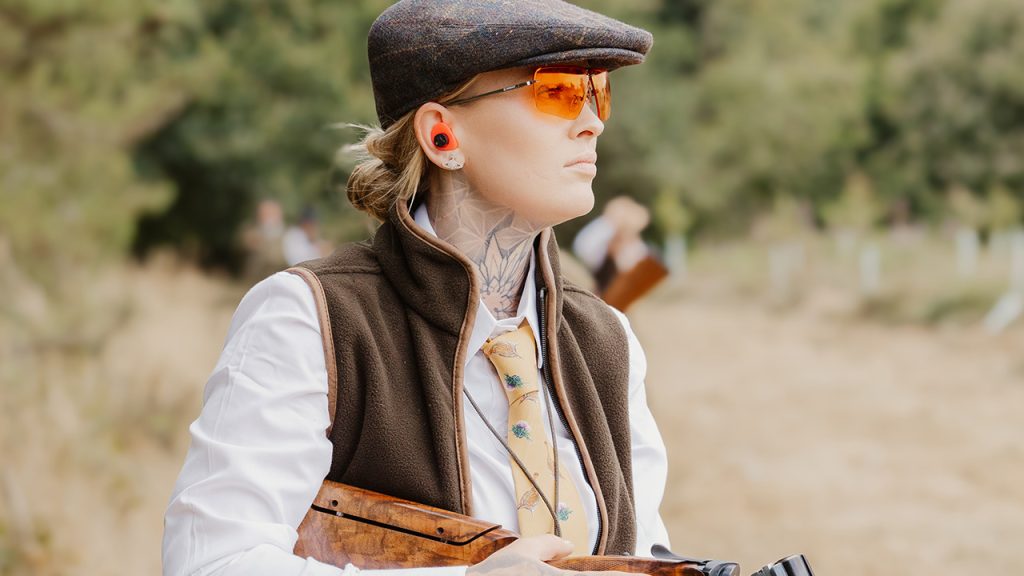AyA Premium 20-bore – good looks & a quality feel
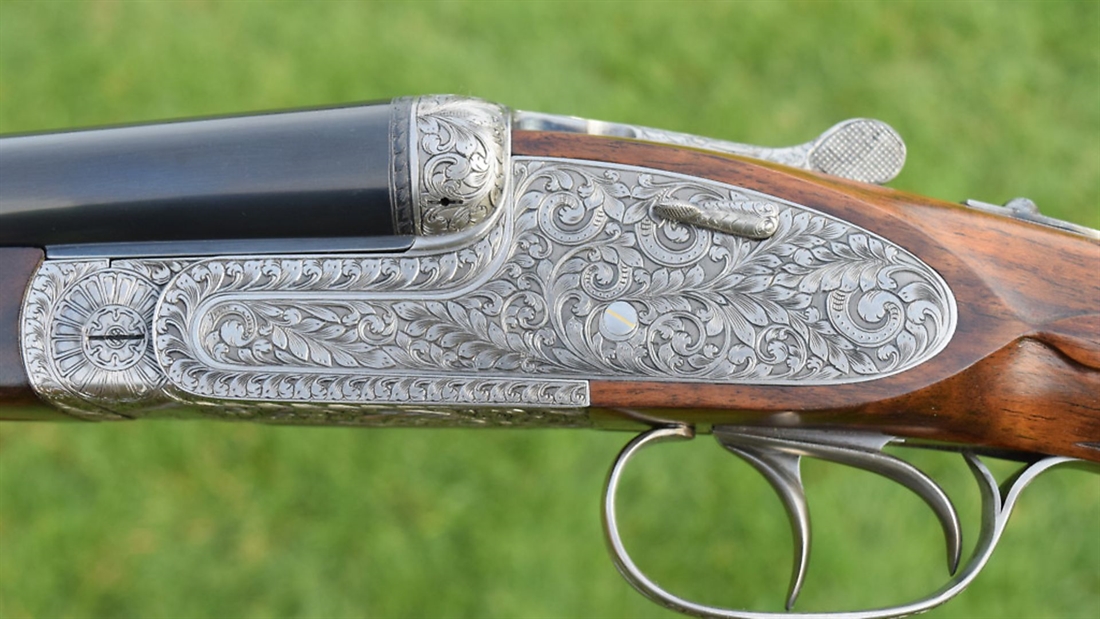
Mike Yardley puts this classically styled side-by-side 20-bore from Spanish maker AyA to the test, and is impressed on all fronts with its attractive appearance and strong mechanics
WE LIKE: The traditional form; The proven mechanical design based on the Holland & Holland Royal; The bold but tasteful engraving
WE DON’T LIKE: Not much!
* Make: AyA
* Model: Premium
* Bore: 20
* Action type: Holland & Holland style sidelock
* Barrels: 30” (other options available)
* Choke: quarter and half
* Proof: 3” magnum
* Weight: 6 ½ lbs
* RRP: £10,200
IN DEPTH
The side-by-side is still used by a lot of traditional game shots as well as a few eccentrics (like me) who enjoy using them in competition as well as for the odd foray in the field or on the marsh. Many older English and Scottish guns are getting very long in the tooth now, so a big part of the modern side-by-side scene, at least as far as new guns for game shooting are concerned, are imports from Spain.
Enter the test gun, an interesting newer model from AyA named the Premium: a gun which sits between the popular No.2 and the upmarket No.1. It is a classically styled 20-bore, scroll-engraved with 30” barrels weighing 6½lb.
The gun, like other AyAs, is imported by ASI of Snape, the firm who have done so much to popularise the marque in this country and the much-respected Spanish copies of Holland & Holland guns that they manufacture to English specification in the Basque Country in southern Spain.
The RRP of the Premium is just over £10,000 – a great deal of money but about a tenth of the cost of a best London double made by Purdey, Holland or Boss (and about half the price of an AyA No.1).
First impressions are good. Indeed, I initially thought it might be a No.1. The action body and lock-plates are coin-finished and boldly engraved with fairly deep scroll work.
As well as the attractive engraving, the thing that sets this gun apart is its pinless locks. These are sidelocks where the normal ‘pins’ (the screws, pins, and pegs upon which the internal mechanics sit) are not visible from the outside. All you can see on the outside of the lock-plates are gold-line cocking indicators.
APPEARANCE
The AyA is generally well presented in all its departments. As well as the eye-catching engraving and nice action and stock shapes, the wood quality is good with pleasant figure.
The stock is an English-style straight-hand with a slim Holland-style ‘diamond’ grip. The fore-end is a ‘splinter’ with an Anson-type, push rod, fore-end fastener. The length of pull was spot on for Mr Average at 15”, the comb was a little low – 13/8” to the front, 2¼” to the rear.
These are shelf dimensions, you can order what you want within reason. Continental guns often tend to be lower in the comb than English ones, probably relating to their experience of walking-up game, and ours of driving it.
The Premium is mechanically similar to a No.2, but on the aesthetic front there is quite a significant improvement. Indeed, it is a particularly pretty little gun in 20-bore as seen here. It’s well conceived, nicely presented and nicely balanced.
Any criticisms? At the price point, with regard to quality and finish, not really. The barrels are well struck up and blacked. Subtle shapes and fine detailing are the reason why a best English side-by-side costs so much – but there are some quality touches in evidence here too.
The finish may not be quite up to the level of a London best, but you can’t expect Purdey or Holland perfection at this money. Nevertheless, this gun might easily be mistaken for a London product on first sight or upon cursory examination by an ordinary punter. Give it to a London finisher, spend a couple of thousand quid more for London-quality striking-up, black, stock chequering and oil, and final regulation with the odd internal tweak and most people would be hard-pressed to tell the difference. Begging the question: why do best guns cost so much now? I digress…
BARRELS
The barrels of the Premium, like those on all AyA side-by-sides, are chopper lump, i.e. they are formed from two forgings each including the barrel to be and lower lump. In their raw, unmachined state each looks like a chopper, hence the term. The length is then drilled and the lump machined and two of these are braised together to create a pair of barrels. They have fixed chokes – Quarter and Half although others may be ordered – and bear Spanish fleurs-de-lys 1350 BAR marks for 2¾” (70mm) shells and steel shot. 3” chambers are an option as well.
The bore diameter is marked at 15.8 in both barrels (this is a little wider than some Spanish 20-bores – and the better for it) and the forcing cones are slightly longer than they used to be too (but still quite short).
My experience with gun testing is that wider bores are usually softer to shoot – go too wide and it may create problems with fibre-wad cartridges in cold weather though. Some think longer cones make guns less thumpy too. In a 20-bore my ideal would be 16mm for the bore with 30mm cones.
The rib is of the traditional concave game pattern. This is unobtrusive, although a flat, file-cut rib would also suit the gun well provided that it was not too broad. The barrels have fixed chokes – Quarter and Half – and they are 30” as noted.
Many believe that longer barrels are a good thing in a 20 or 28-bore. They can steady an intrinsically lively gun without any loss of ‘swingability’ (the great problem of small bores is that they are quick to start and quick to stop because of their reduced mass). Longer barrels also make the guns more precise with regard to line – a far more important consideration than some realise.
TECHNICAL
This pinless AyA is a classic bar-action sidelock with intercepting safety sears. Thus, the locks have their V springs positioned forward, requiring recesses in the action body underneath the lock-plates. Back actions are also seen but more rarely – there the springs point rearwards. The back action is theoretically stronger and usually used in double rifles, although there are a few back-action shotguns around (notably the Holland & Holland Dominion and more recently, the Round Action model).
This gun, like all AyAs has the Holland-inspired ‘Southgate’ ejectors, which employ an over-centre cam and have a reputation for easy regulation, as well as chopper lump barrels. Other features of the mechanism include an automatic safety catch (as there should be on a game gun), disc-set strikers (these can be removed from the breech face to allow for easy replacement of the strikers and return springs), and a replaceable hingepin. Trigger pulls were crisp and clean as often associated with sidelocks. The jointing of barrels to action was good.
SHOOTING IMPRESSIONS
The Premium not only looks good, but has a quality feel with plenty of weight between the hands. Using Express 24 gram and 21 gram loads the gun shot well. With it’s 1/4 and ½ chokes (and I would advise no less with a smaller bore), it made short work of the clays on a Skeet range. There were no unpleasant surprises when moving on to simulated game birds either. Felt recoil was better than average for a gun of this weight. Handling qualities were excellent. For the money, the Premium offers good value by inflated modern standards (into which one must factor in a falling pound). It is particularly attractive and would be the gun I would choose from the current AyA range. In 20-bore as tested it would be fine for most driven game shooting (and particularly partridges and home counties pheasant); the 12-bore version might suit those interested in high-bird work who want a modern gun that will cope with routine use of heavier loads. I would go for a pigeon style rib and a Prince of Wales grip if I was ordering one.
My thanks to Lyalvale Express for supplying the cartridges used in this test.

